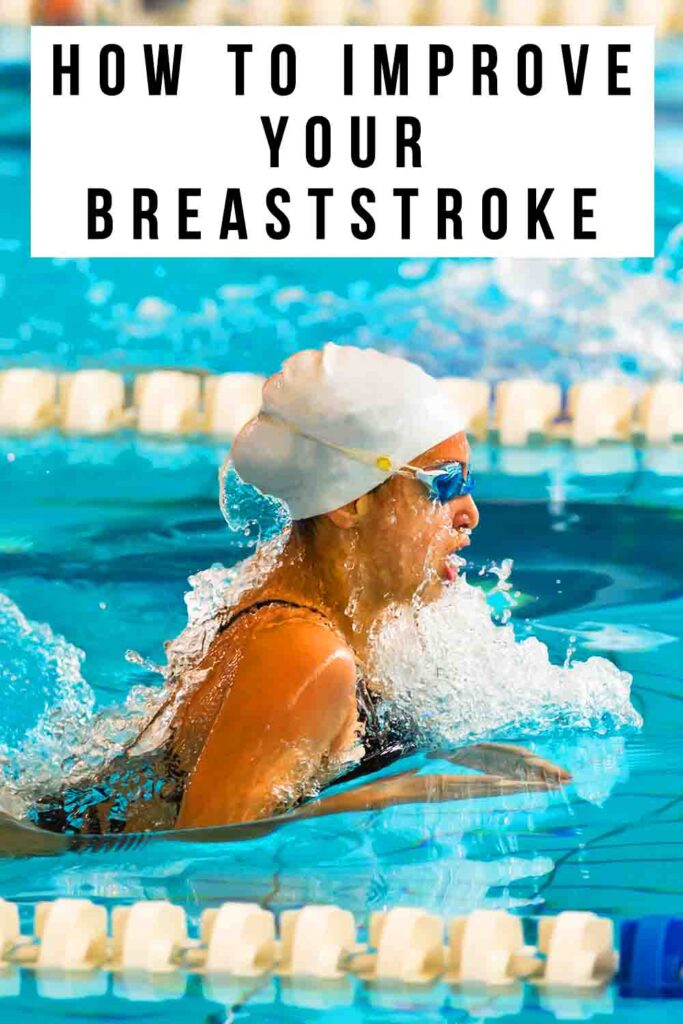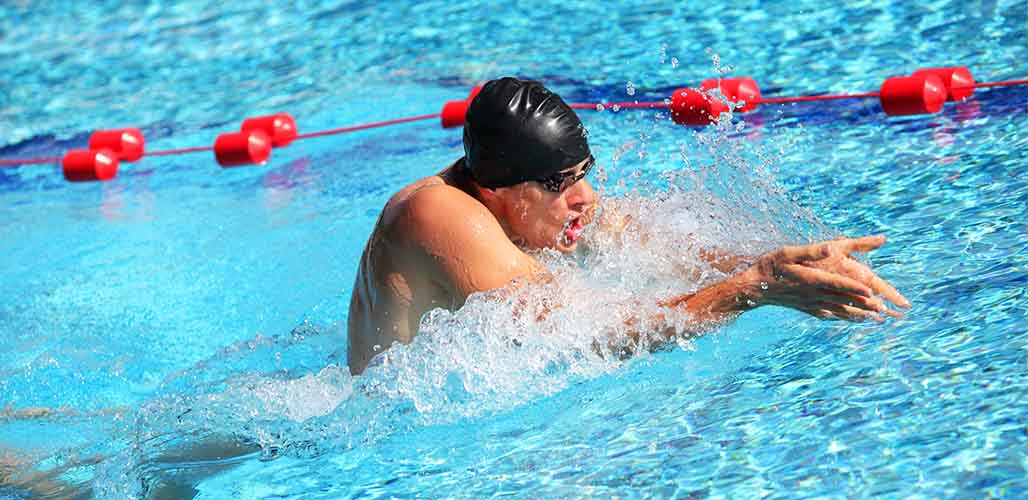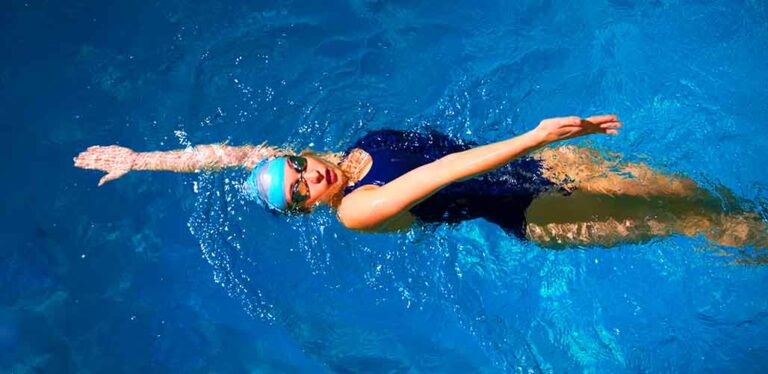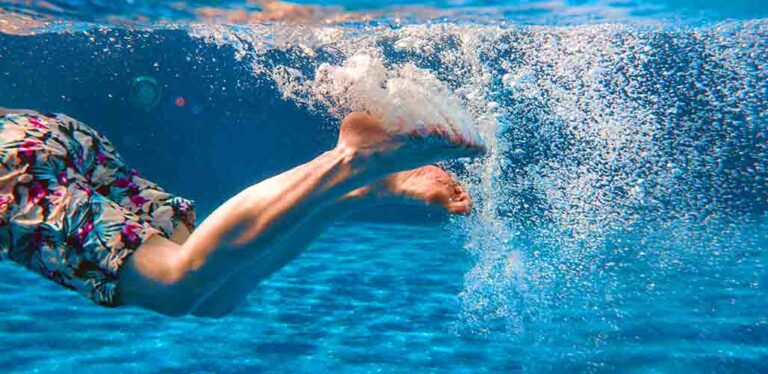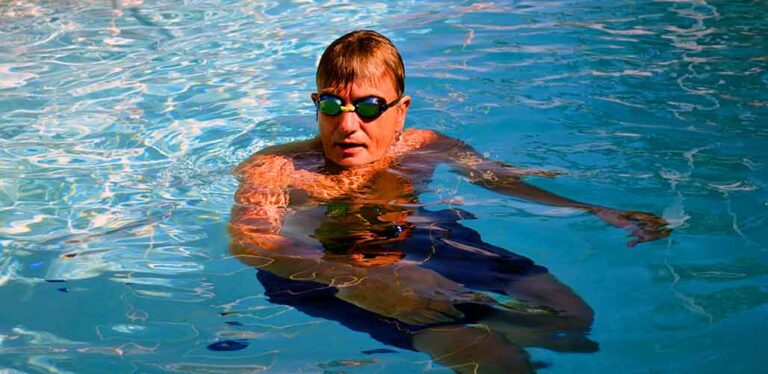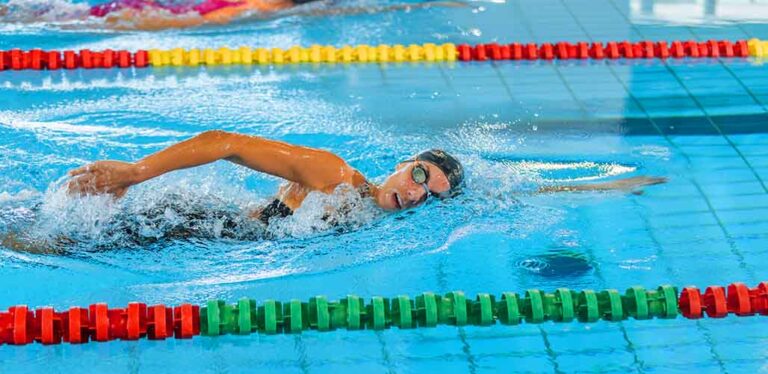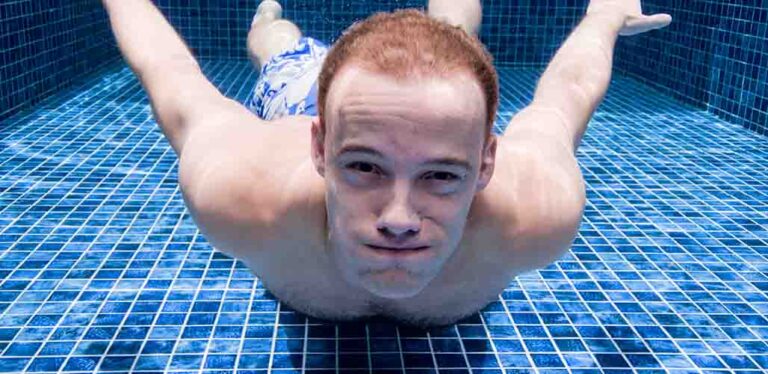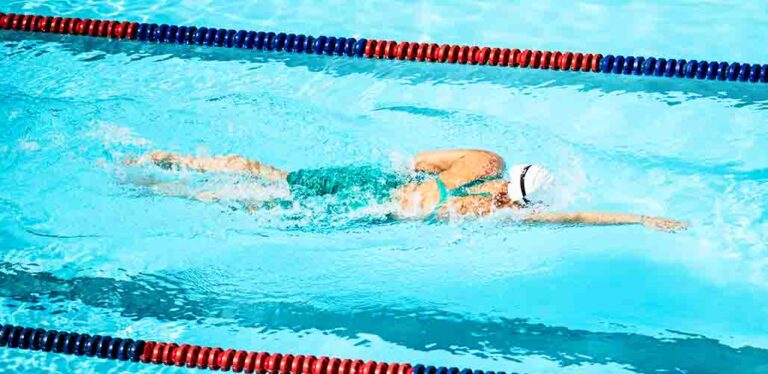How To Improve Your Breaststroke Technique
To improve your breaststroke you will need to work on coordinating your pull motion and kick. Timing of each movement and your breathing technique also make a big difference. Fortunately, there are a few simple drills you can work on that will take your breaststroke from good to great!
Contents
- Your breaststroke arm pulls.
- The right kicking motion.
- Working on your timing and breathing techniques.
- Simple drills to improve your breaststroke.
Breaststroke is one of the most popular and believed to be the oldest stroke, dating back to the 17th century. It started out as the perfect technique to thread through choppy waters and nowadays is looked at as the most accessible stroke of the four.
While it may seem simple to the onlooker, mastering the breaststroke requires understanding its intricate technique. One could say that swimming breaststroke is easy, but as far as swimming it at a high level, that’s reserved for only a few.
This guide will delve into the essential components of the breaststroke, highlighting common mistakes and offering drills to perfect your form.
How To Perfect The Breaststroke Pull
The arm motion in breaststroke is a coordinated simultaneous pull that propels the swimmer forward.
Starting with the arms extended out front, the palms turn outwards and so begins the out sweep.
Once your arms reach an angle of about 45º with the body line, the motion becomes an in sweep. This is the part where you bend your elbows and pull the water toward your core in a circular motion.
Finally, once your forearms reach a perpendicular position to the bottom of the pool, it’s time to shoot the arms forward. This motion should be done as swiftly as possible as this is a dead spot in the stroke and you want to minimize the time you spend in it.
In the end, you should end back in the streamline position ready to take another arm pull.
Overreaching Inhibits The Stroke
Some swimmers tend to overreach with their arms, causing strain and reducing efficiency. The pull should remain in a sweet spot between wide and narrow. Experiment and find what works for you!
Don’t Make An Incomplete Pull
On the other hand, some swimmers do not utilize the full range of the arm pull reducing propulsion. Ensure the hands sweep out and then back in, holding as much water as possible. It may sound confusing, but it’s a process. As you progress, you’ll find this will come more naturally.
Avoid Dropping Your Elbows
This is a big one. Keeping the elbows high and not letting them drop ensures a more effective pull. Especially at the end of races, it becomes progressively harder to maintain a high elbow position, but avoid it at all costs. A low elbow is synonymous with low propulsion.
Your Breaststroke Kick Technique
The breaststroke kick is unique. It’s often referred to as the “frog kick” and contrary to the other three strokes, in breaststroke, the kick is the main contributor to propulsion. For that reason, developing a strong and efficient kick is fundamental.
Starting with the legs straight, the heels are drawn towards the buttocks in a straight line. Once you’ve tucked your feet behind your butt, point the toes outwards to begin the kick.
The kicking motion should be straight. Try to feel the water on your shins and your feet as you push back.
The knees should stay around one foot apart and the feet need to touch once you’ve reached the streamline position.
Narrow or Wide Kicks
A kick that’s too narrow won’t provide enough propulsion. A kick that’s too wide will be inefficient. Ensure the legs sweep out at the perfect width before snapping back together. What’s the perfect width? That changes from one swimmer to another. Go out there and try it out!
Don’t Let Your Knees Bend Too Much
Overbending the knees can create drag. Aim for a balance where the heels come close to the buttocks without excessive knee bend. Remember the fundamentals, the streamline is the position you want to keep as your north star. Stay as close to it as possible.
Flexed Toes
Unlike other strokes, the toes should be flexed and turned outwards during the kick for maximum push. Gain that ankle flexibility to maximize the amount of water you can hold with your feet.
Mastering Breaststroke Timing and Breathing
More than anything, timing is the essence of breaststroke. Ask any breaststroker, some days in practice your timing is off, and it feels like you need to relearn how to swim entirely. You can have the most powerful pull and kick in the world, but if your timing is off, you won’t be the fastest.
The sequence should go: pull (with the arms), breathe (head comes up with the in sweep), kick (as your arms shoot forward), and glide.
The breathing motion is synchronized with the arm pull, allowing the swimmer to lift their head for air as the arms sweep inwards.
Late or Early Breathing Slows You Down
Breathing timing is key. Do it too early or too late and it can disrupt the rhythm. Breathe as the arms are pulling the water to your torso, not after.
Some swimmers time their breath according to how fast they’re going. If they’re swimming a more elongated and glide stroke, they may take their breath later, but if they’re sprinting, the head might come up as early as during the out sweep.
Don’t Sweep Before the Kick Ends
Overlapping strokes is a big problem. It occurs especially when swimmers need to pick up their tempo. Always incorporate glide into your stroke, even if it’s for a fraction of a second. One of the biggest mistakes you can make is starting the pull before you’ve completed the kick.
If you’re inexperienced, you could be swimming in the same place and exerting more energy than you would if you were swimming with a long glide.
How To Improve Your Breaststroke with Simple Drills
Breaking up your stroke into smaller bits is the best way to progress and develop each section before pulling it all together. These three drills are a good start!
Kick Pull Kick Breaststroke Drill
This is a variation of the classic two kicks to one pull drill. Instead of performing a pull followed by a glide with two kicks, we emphasize the rhythm of the stroke. We do one normal stroke (pull kick) and glide. Then, you do one kick to set up your stroke (pull and kick).
With this variation, you’ll be reinforcing good timings and you’ll get a better feel for the stroke compared to doing two kicks during the glide phase. It’s a crowd favorite among the elite breaststrokers, give it a try!
Kick Against the Wall Drill
Holding onto the pool’s edge, practice the kick. This isolates the legs and helps in understanding the wide sweep and snap of the kick. Additionally, it’s a great way to increase the tempo and help you with the kick feel, given the added resistance.
One-arm Drill
Another classic, swimming breaststroke using only one arm, keeping the other out in front. This drill emphasizes the importance of each arm’s pull and helps identify any imbalances in your sweep.
